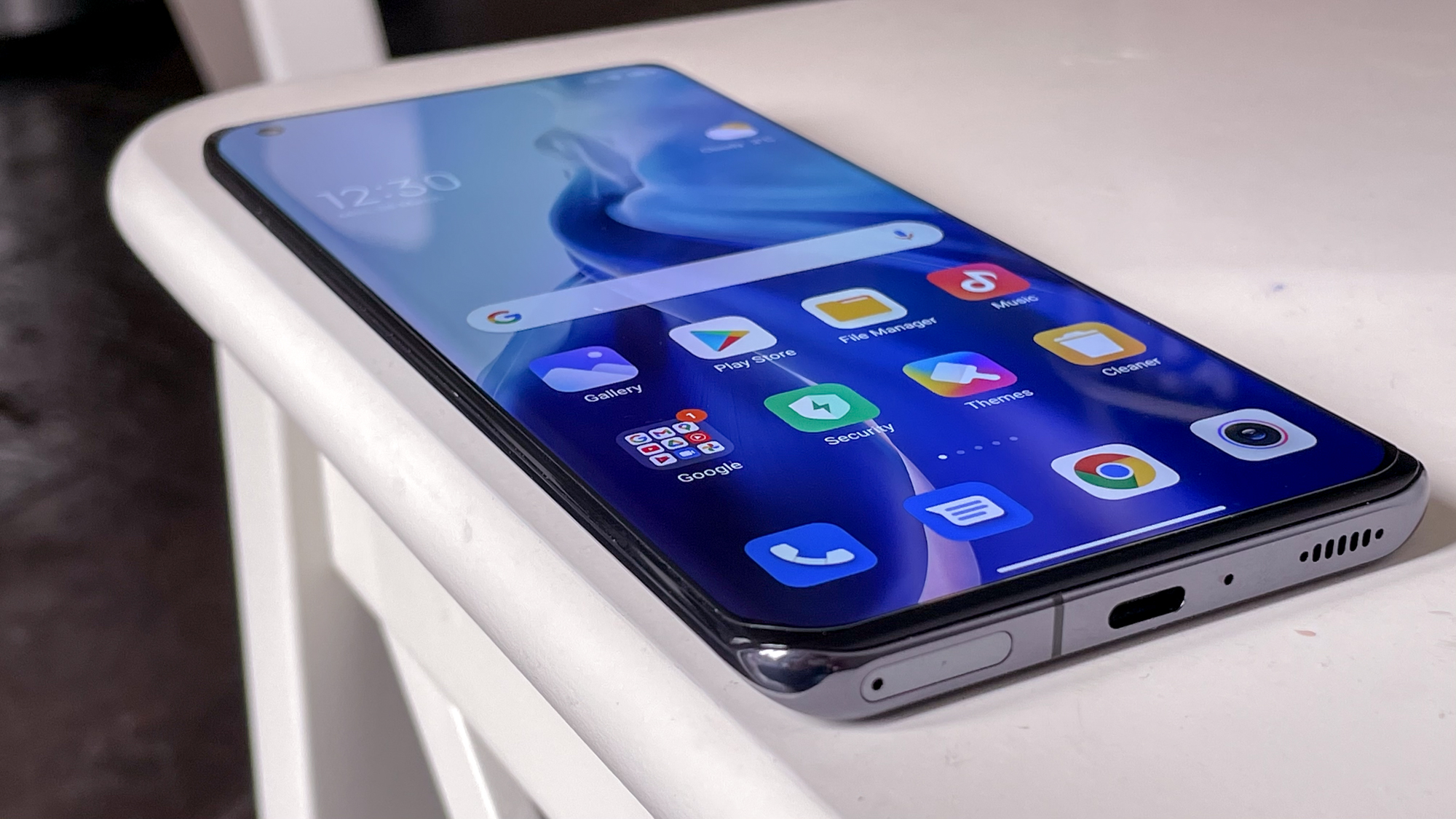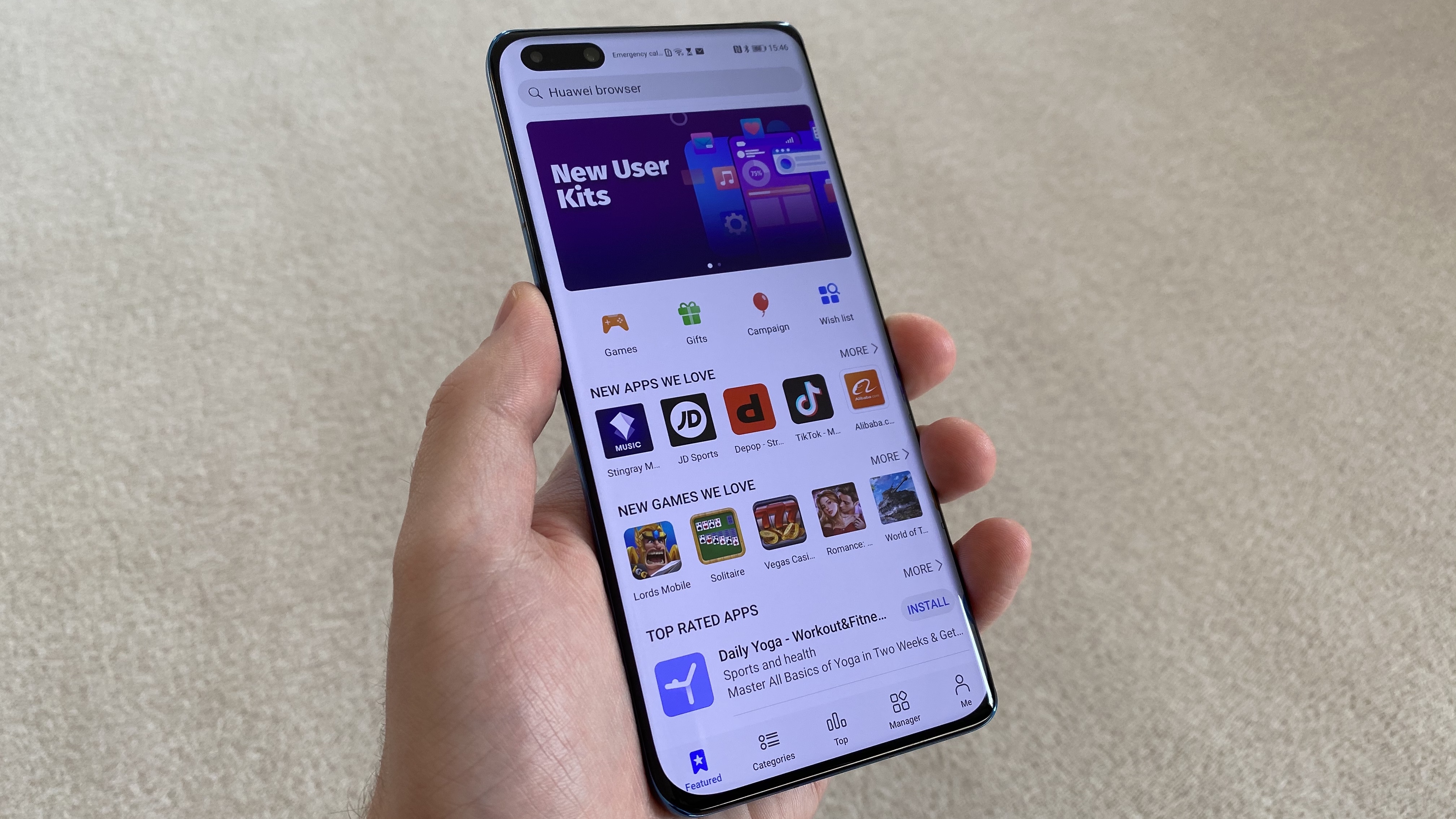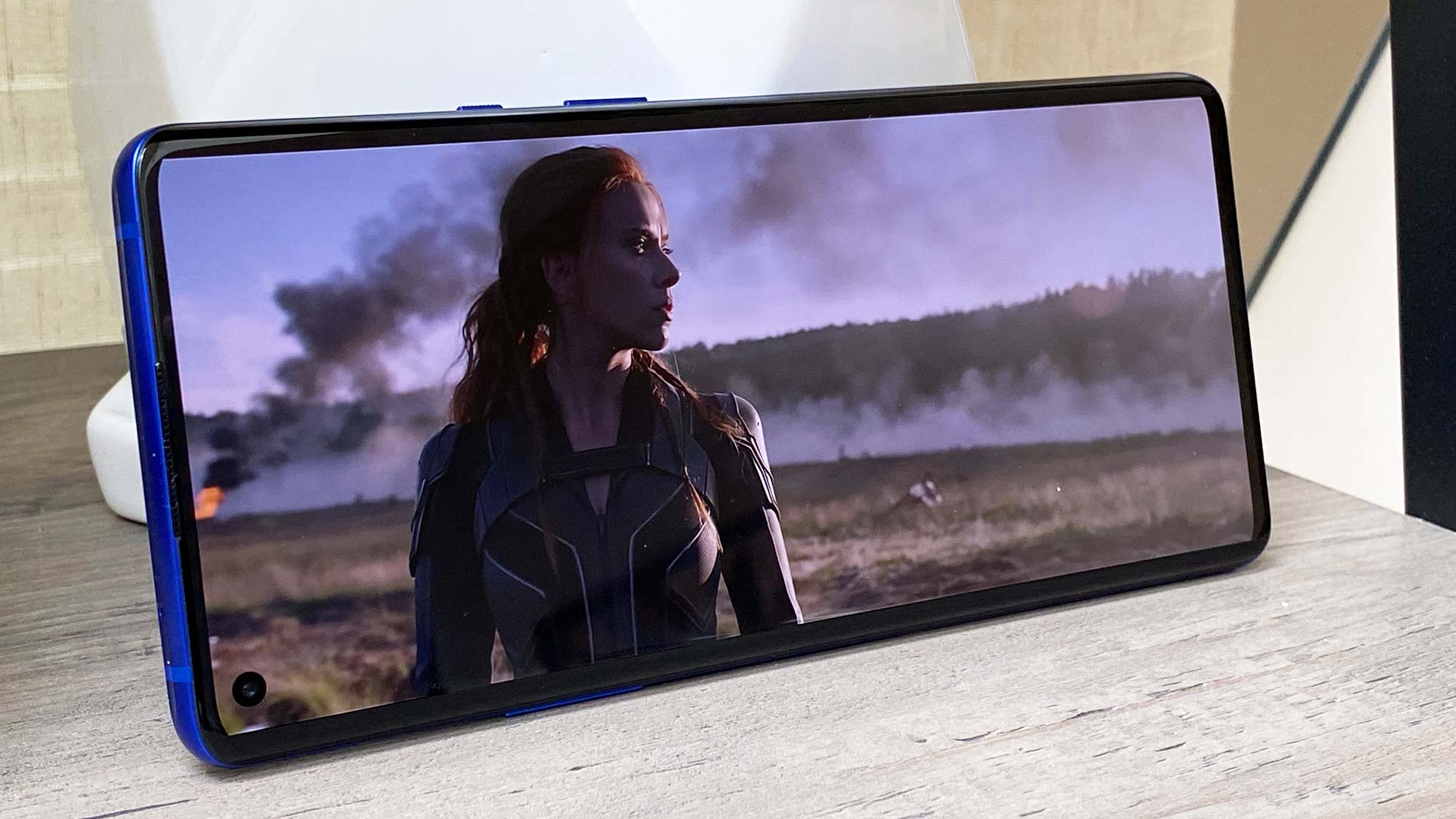Curved phone screens are actually good — and they’re getting better
There's still a place for phones with curved, waterfall or edge displays

Curved smartphone displays are not the big selling point that they were just half a decade ago. In fact, they rapidly became a controversial feature on phones, and their mere presence can easily turn a potential customer away from buying a phone. I still quite like them, however.
It would be wrong to pretend that curved screens haven't had some poor implementations since the first Samsung Galaxy Note Edge appeared. Nonetheless, I think that there are still benefits to curved screens that make keeping them around worthwhile. Plus, recent curved screen phones have given me hope that they're finally getting good.
- Samsung Galaxy S21 Ultra review: The best Android phone yet
- These are the best phones you can buy right now
- Plus: Samsung Galaxy A52 video leak should have the Pixel 4a 5G scared
The good
My main reason for liking curved screens isn't based on some mechanical insight — I just think they look nice. Beauty is subjective, but I, in general, like the look of a curved display compared to a flat one. Some flat phones, like the iPhone 12, can make flat sides look good, but a phone like the Samsung Galaxy S21 Ultra with a curved front and back, and minimal side rail, looks even better.
There's more to it than just aesthetics. A curved display reduces the effective depth of a phone when you hold it, making it easier to tap buttons or keyboard keys with your thumbs, particularly on a 6.5-inch or larger handset. If you're lucky enough to get a quad-curved display, such as the one on the Xiaomi Mi 11 or Huawei P40 Pro, you get to appreciate this when holding the phone horizontally, too, as many of us do frequently to play games or watch videos.

Curved displays also offer the opportunity for new, unique methods of interaction. The most common one is lighting up the edges of the display to show notifications, making them easier to see when far away from the phone or when the handset is upside down.
For example, the Huawei Mate 40 Pro lets you control the volume by double-tapping either edge, while the aptly-named Motorola Edge allowed you to summon the notification shade, a list of recent apps or access virtual shoulder buttons when gaming with its squared-off display.
The bad
There is such a thing as too curved though. We found the OnePlus 8 Pro's curved edges to be very prone to accidental touches, while the "Horizon Display" on 2019's Huawei Mate 30 Pro was so curved it's hard to see both edges at once. Not particularly convenient when you're trying to take a photo and end up cutting off the top of your subject because you can't see where it is.
Get instant access to breaking news, the hottest reviews, great deals and helpful tips.

What also doesn't help is that any unique functions added to the edges are probably available elsewhere. While accessing them from the edge is quicker and takes fewer taps than performing a task the normal way, it's easy to forget if you're not used to having an alternate option. It's something I often do despite having tested a wide array of phones with these features.
This only gets worse if your phone has an unfortunate meeting with a hard floor. Curved displays are more fragile than having standard bezels on a phone, plus they're more expensive to replace. If you're worried about this happening, it's not like you can easily stop this from happening with a screen protector or case. You'll find cases and screen covers that fit, but they're much harder to apply and don't offer the same level of protection as the normal flat kind.
The future
It's fair to say looking back on all these factors that curved displays have had a checkered history. However, I think this year may be the start of a renaissance for these arching displays.

There have been a few major curved phones released already this year, like the Samsung Galaxy S21 Ultra and Xiaomi Mi 11, with more rumored to come. Moreover, what Samsung and Xiaomi have done is scale back the angles so that the curve hides the bezel rather than adds new control surfaces. Plus, improving accidental touch sensor tech means phones are getting better at recognizing and ignoring the wrong touches that are so rankling to users.
This feels like a suitable compromise between those who like curved screens and want them to develop, and those who much prefer the practicalities of a flat screen. While I miss the gimmicky controls, this feels like a more sustainable way to include curved displays on phones. That is until foldables phones become mainstream and change everything up again.

Richard is based in London, covering news, reviews and how-tos for phones, tablets, gaming, and whatever else people need advice on. Following on from his MA in Magazine Journalism at the University of Sheffield, he's also written for WIRED U.K., The Register and Creative Bloq. When not at work, he's likely thinking about how to brew the perfect cup of specialty coffee.
